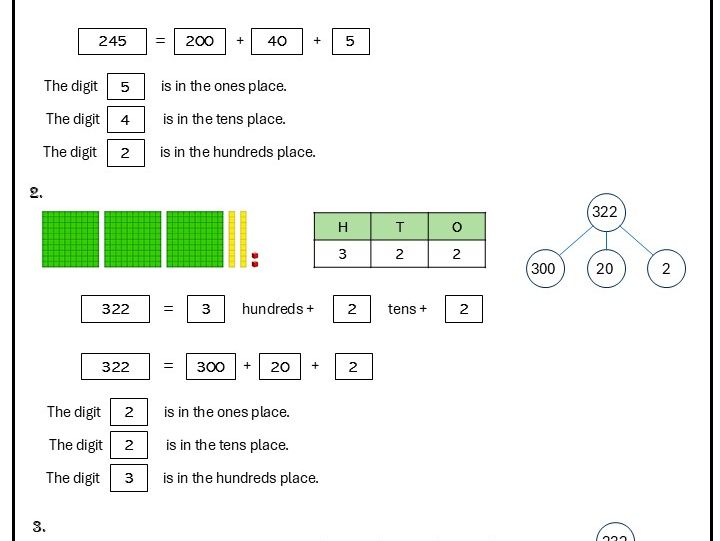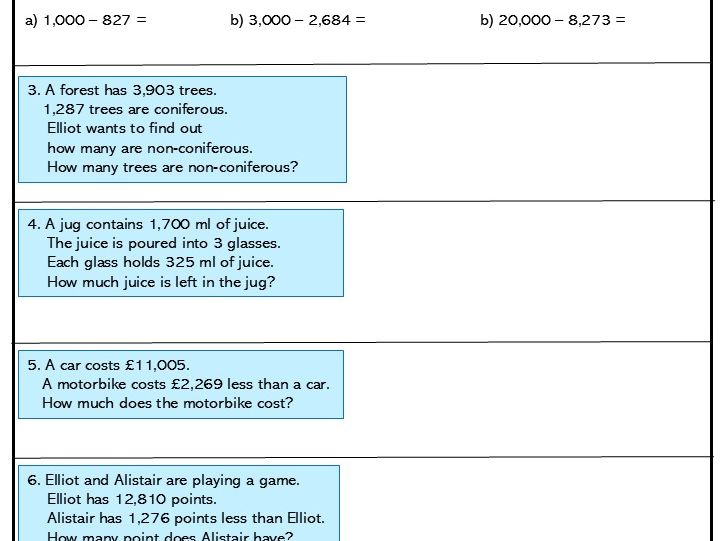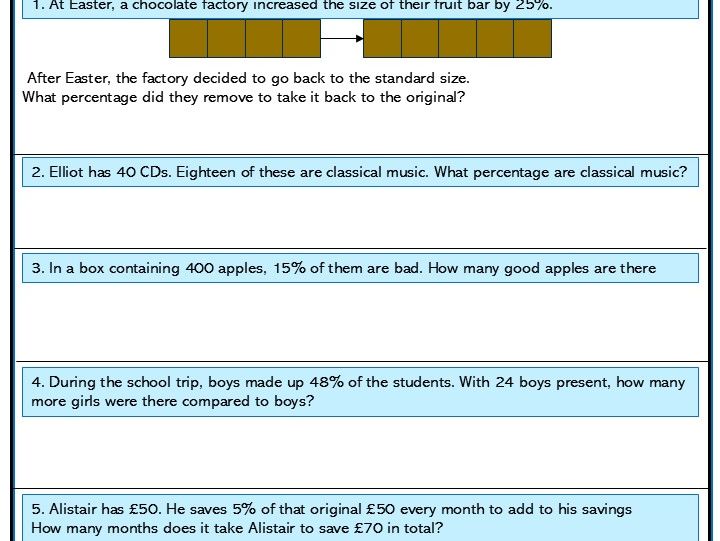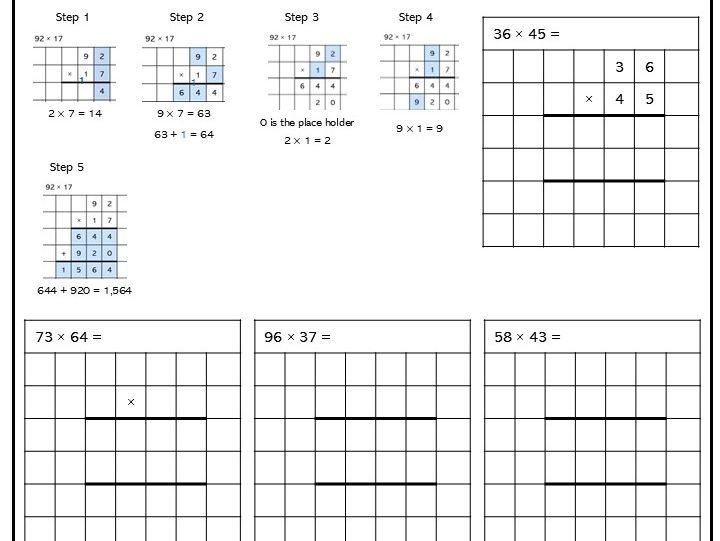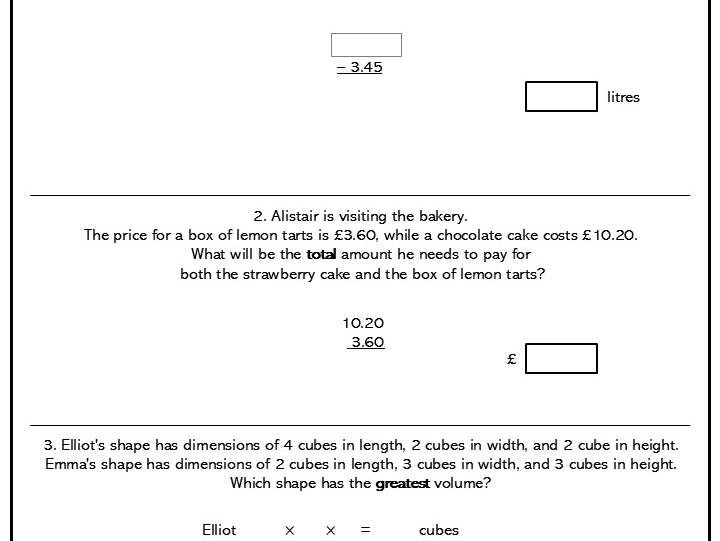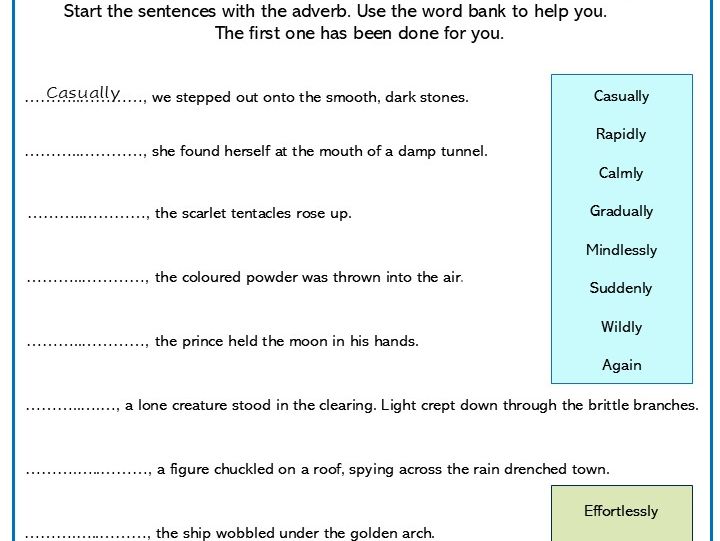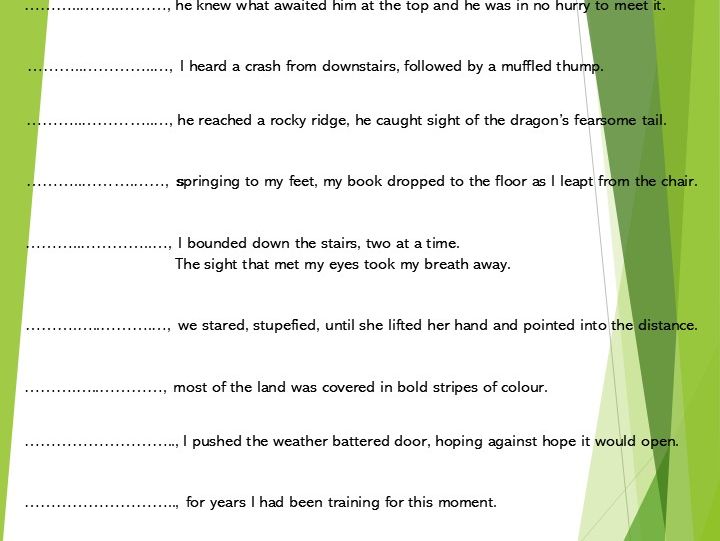Maths and Writing Hub
I am a private tutor and freelance worksheet designer. I began working as a tutor for Adventure Education, and subsequently expanded my tutoring career. Currently, I have my own group of students. I worked on freelance basis with Master the Curriculum, writing lesson plans, PowerPoints and worksheets for teachers use. I tutor across all the ages, including preparation for SAT’s and 11+ entry exams- face to face and online.





